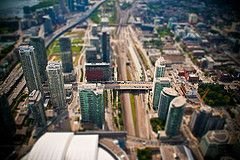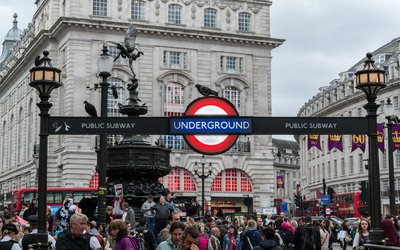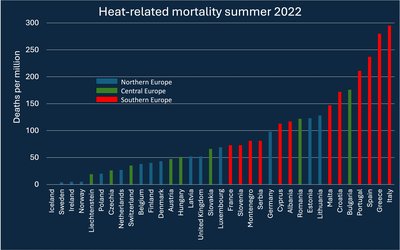
The urban heat island effect refers to the difference in temperature between an urban environment and its surrounding rural areas. Due to this effect, large urbanized areas can be up to 4.4°C warmer than surrounding rural areas. This effect is expected to increase in rapidly growing metropolitan regions, especially in the context of climate change.
For Canadian cities, four major categories of mitigation strategies and measures have been identified:
- Greening measures: all measures that can increase the total vegetation index of the city, including planting trees along streets and open spaces with green-roofed buildings that offer more cooling potential.
- Urban infrastructure-related measures (architecture and land use planning): measures that act on buildings, road infrastructures, and urban morphology.
- Storm water management and soil permeability measures: measures that increase the soil’s moisture which helps to reduce the temperature.
- Anthropogenic heat reduction measures: measures that reduce heat produced by human activities, including heat-health warning systems that encourage types of behavior that can help reducing heat mortality.
Source: Guindon and Nirupama, 2015. Natural Hazards 77: 823–831.
Photo: Joey Gannon (www.flickr.com)








